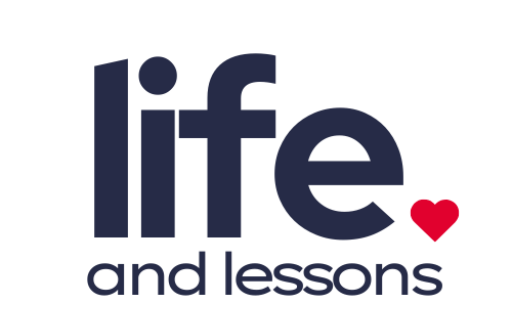30 Unbelievable Things Women Had to Do in the ’40s That Would Be Unthinkable Today
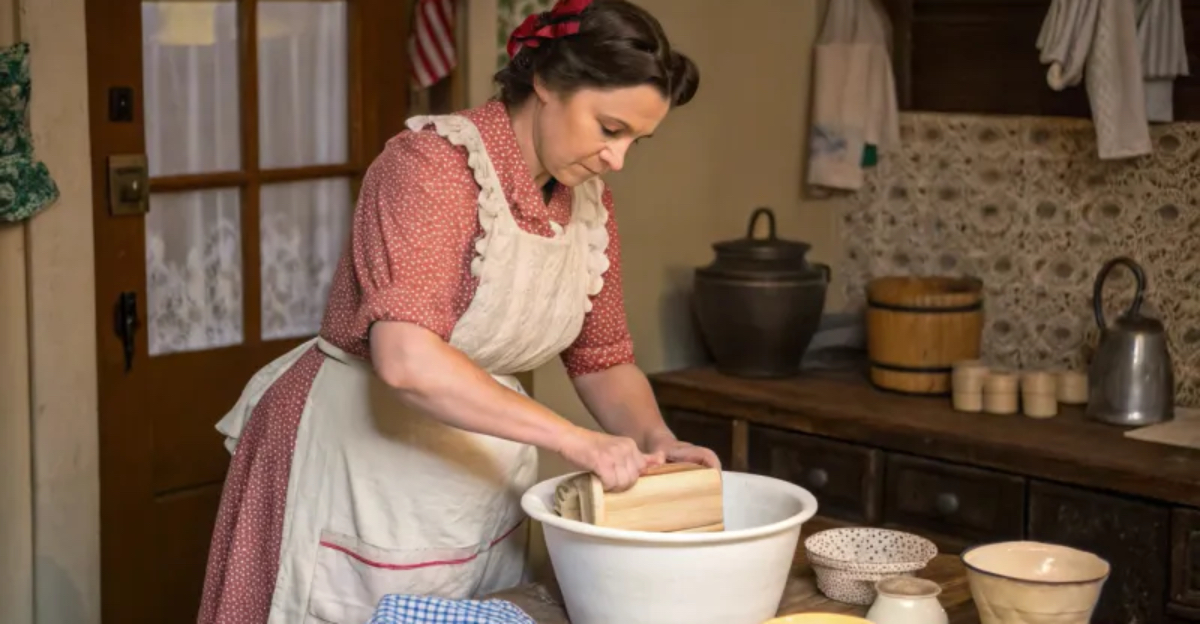
Hey there, ever wondered just how different life was for women back in the ’40s? Get ready for a rollercoaster ride through history as we explore 30 unbelievable things women had to do in the 1940s that we couldn’t even imagine today!
These stories are not just a testament to how much times have changed, but also a reminder of how far we’ve come—and sometimes, how far we still have to go. So buckle up, because this is going to be one wild tour of the past!
1. No Pants Allowed
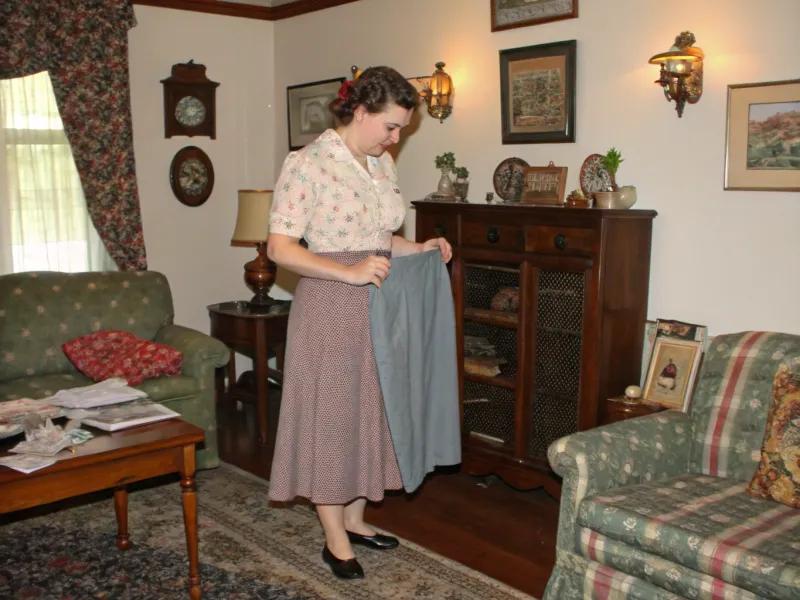
Imagine being told, “No pants for you, young lady!” Yes, in the 1940s, women were expected to wear skirts or dresses—oh, the horror! Pants were considered quite the scandalous choice for a lady. They were reserved for the daring, those who didn’t mind a few raised eyebrows or whispers behind their backs.
Even as women took on factory jobs during the war, pants were often a necessity rather than a choice. But outside those factories? Forget about it! It was skirts or bust—or rather, skirts or judgmental glances from society. Can you imagine maneuvering through daily life without the option of comfy pants?
Fast forward to today, and pants are a staple in every woman’s wardrobe. We can all be thankful that fashion norms have evolved, allowing us the freedom to choose comfort over societal expectations. Who knew that clothing could be such a battlefield?
2. The Marriage Mandate
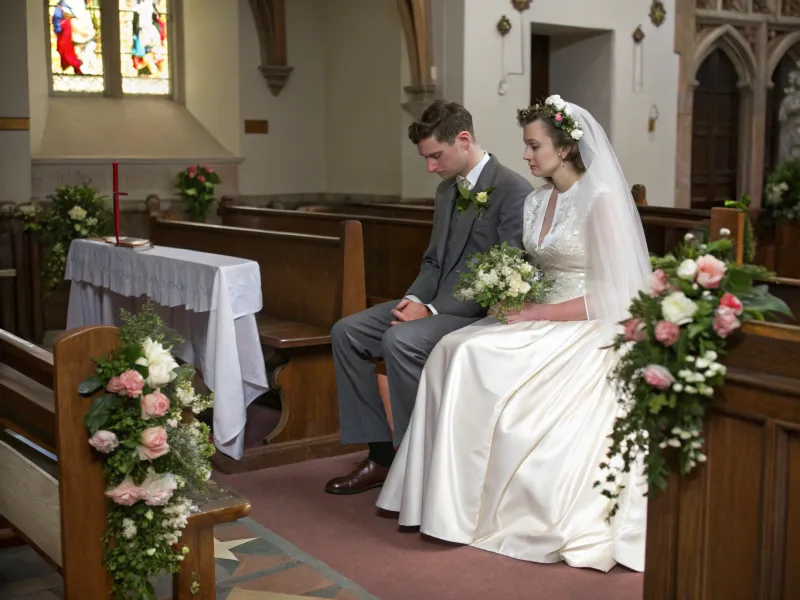
Back in the ’40s, getting married was practically a rite of passage for women. Society dictated that a woman’s ultimate goal was to become a Mrs. by a certain age, or risk becoming the dreaded ‘spinster.’ Talk about pressure!
The idea of focusing on a career or personal passions was often pushed aside in favor of finding a husband. Women were expected to prioritize marriage over all else, sometimes even foregoing higher education or personal dreams just to fit the mold.
Today, the narrative has shifted significantly, allowing women to choose their paths without as much societal pressure. Marriage is no longer the end-all-be-all, and women can pursue careers, education, and personal fulfillment without the looming deadline of matrimony. What a relief to live in a time where being single is celebrated rather than scorned!
3. Housewife Expectations

Picture this: the perfect 1940s housewife, smiling sweetly while juggling cooking, cleaning, and childcare. Being a homemaker wasn’t just a role; it was an expectation.
Women were often defined by their ability to keep a tidy home and a satisfied husband, with little regard for their own aspirations. The pressure to maintain this image was immense, with society watching closely and often scrutinizing any deviation from the norm.
Fast forward to today, and the term “housewife” has evolved. Many women choose to balance work and home life, or focus on their careers without societal judgment. The pressure to conform to a singular domestic role has lessened, allowing women to define success on their own terms. Let’s hear it for progress and the freedom to choose what makes us truly happy!
4. Secretarial Segregation

In the workplace of the 1940s, women were often pigeonholed into roles deemed ‘suitable’ for their gender. Secretarial positions, often referred to as ‘pink-collar jobs,’ were one of the few options available.
Women were expected to efficiently manage office duties while remaining in the background, supporting their male counterparts. These roles were often undervalued, despite requiring significant skill and effort.
Today’s workplace landscape looks vastly different, with women occupying diverse roles across industries. The idea that certain jobs are gender-specific continues to dissolve, allowing talents and skills to shine regardless of gender. It’s refreshing to see women leading companies, innovating, and breaking barriers that once seemed insurmountable.
5. Elective Mis-Representation
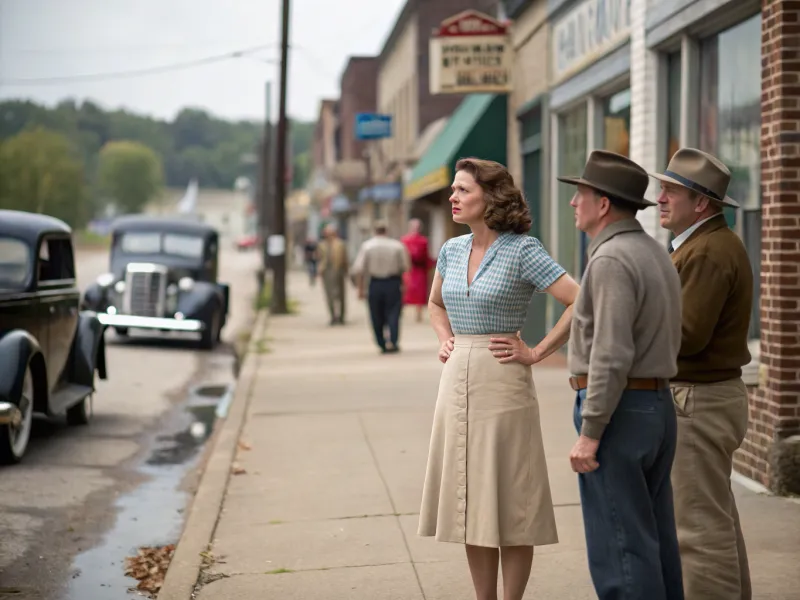
Did someone say voting rights? Well, sort of. In the 1940s, although technically legal, women still faced significant barriers at the polls. It wasn’t just about casting a vote; it was about overcoming societal and systemic obstacles.
Many women were discouraged from participating in elections, often told their place was at home rather than in political discourse. The belief that women’s opinions were secondary permeated society, affecting their civic engagement.
Today women are not just voting; they’re running for office, shaping policies, and making their voices heard. The journey to equal representation is ongoing, but the progress made is undeniable and inspiring. Now, more than ever, women’s involvement in politics is crucial—and celebrated!
6. Schooling Sacrifices

Education was a privilege, not a right, for many women in the 1940s. Higher education often took a backseat to marriage and family, with societal expectations steering women away from academic pursuits.
Many young women faced the difficult choice of pursuing their dreams or conforming to traditional roles. Opportunities for higher education were limited and often deemed unnecessary for women whose primary ‘job’ was to marry and raise a family.
Today, the narrative has shifted dramatically. Women are pursuing higher education in record numbers, breaking barriers in fields once dominated by men. The freedom to learn and grow without societal constraints is something we cherish and continue to fight for. Education is empowerment, and the journey toward equality in academia continues with each new generation.
7. Fashion Dictates

Fashion in the 1940s was no laughing matter. Women were expected to adhere to strict style norms, with everything from hats to hemlines scrutinized by society.
Dresses, gloves, and hats were the order of the day, with pants and casual wear often frowned upon. Women were expected to present themselves impeccably, regardless of their personal style preferences.
Fast forward to today, and fashion is all about personal expression. The freedom to wear what we want, when we want, is a luxury we often take for granted. Fashion is no longer a rigid set of rules but a canvas for creativity and individuality. It’s a beautiful reminder of how personal style has evolved, allowing us to showcase who we truly are.
8. Vows of Silence

Imagine sitting at a dinner table, expected to be seen and not heard. In the 1940s, women’s opinions were often dismissed, especially in mixed-gender settings.
The notion that women should remain silent, especially in the presence of men, was a pervasive social norm. Speaking up was often met with disapproval or ridicule, reinforcing the idea that a woman’s voice held little value.
Today’s world encourages diverse voices and perspectives, celebrating the contributions of women across all spheres. While we’ve made significant strides, the fight for equal representation and respect continues. Encouraging open dialogue and valuing diverse opinions remains a crucial part of our journey towards true equality.
9. Beauty Pageant Pressure
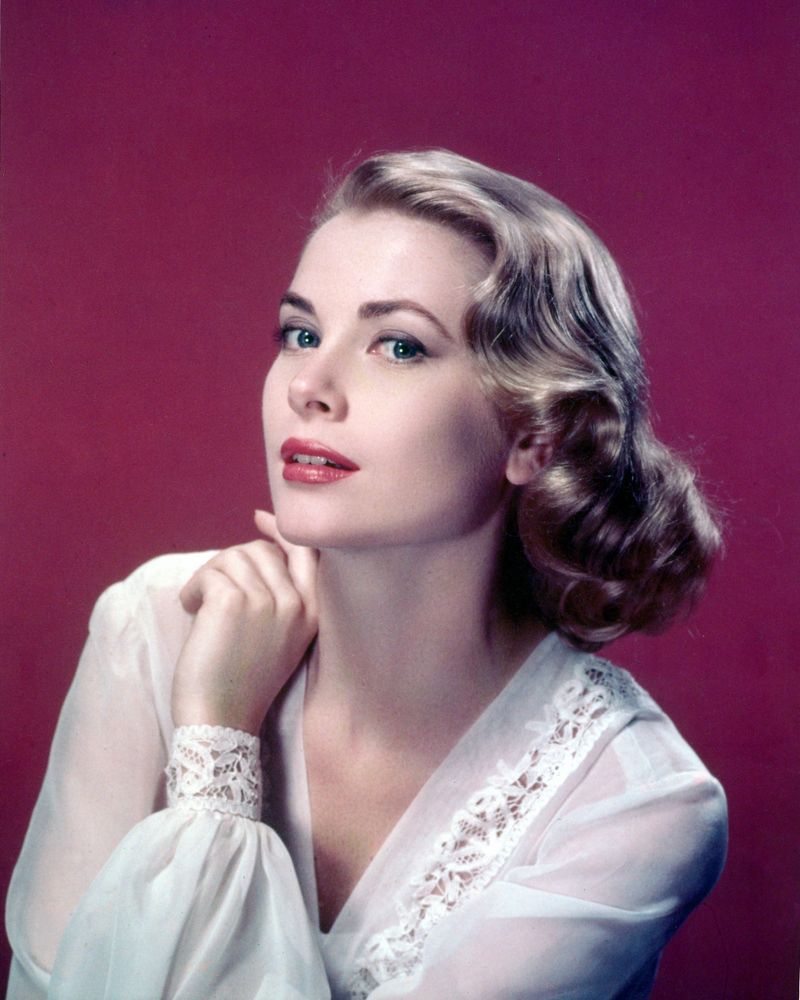
Beauty pageants were all the rage in the 1940s, and the pressure to conform to an idealized standard of beauty was immense. Women were judged on their appearance, often reinforcing narrow definitions of attractiveness.
These competitions emphasized physical beauty over intelligence or accomplishments, limiting the scope of women’s perceived worth. The focus on appearance often overshadowed other talents and achievements, creating a superficial narrative around femininity.
Fast forward to today, and while beauty pageants still exist, there’s a growing emphasis on celebrating diverse beauty standards and accomplishments. Women are redefining what it means to be beautiful, embracing individuality and uniqueness. The journey to break free from traditional beauty norms continues, empowering women to define beauty on their own terms.
10. Limited Legal Rights
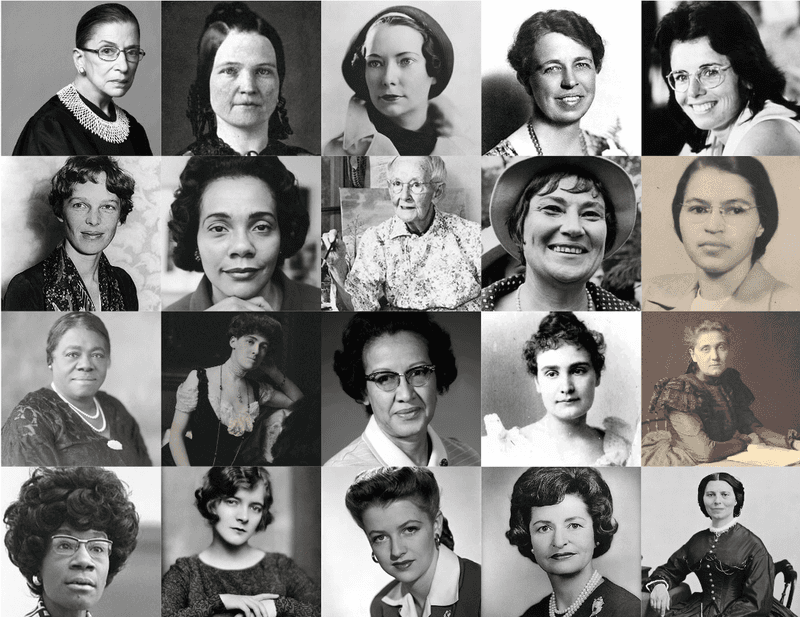
Legal rights? In the 1940s, women faced significant legal limitations, often requiring a male guardian’s approval for contracts or financial decisions. Yep, you heard that right!
Women were often excluded from making independent legal decisions, reinforcing their dependence on male family members. This legal framework limited their autonomy and reinforced gender hierarchies.
Today, women are empowered to make their own legal and financial decisions, a right often taken for granted. The fight for legal equality has come a long way, with women actively participating in the legal system and advocating for rights that were once denied. The continued push for gender equality in the legal sphere remains a vital part of our societal evolution.
11. Gendered Career Paths

In the 1940s, career options for women were often limited to roles deemed ‘appropriate’ for their gender, such as nursing, teaching, or secretarial work.
The idea that women could excel in any profession was not widely accepted, reinforcing narrow career paths and limiting potential for many talented individuals. These limitations stifled ambition and innovation, creating barriers to gender equality in the workplace.
Fast forward to today, and women are breaking barriers across all industries, proving that talent knows no gender. The fight for equal opportunities continues, but the progress made is undeniable. Women are leading, innovating, and redefining success on their own terms, inspiring future generations to follow suit.
12. Chaperoned Courtship

Dating in the 1940s often came with a third wheel: the chaperone. Young couples were rarely left alone, with courtship closely monitored by watchful eyes.
This practice was intended to maintain propriety and prevent any ‘improper’ behavior, but it often stifled genuine connections and romantic freedom. The presence of a chaperone added pressure and awkwardness to the dating experience.
Today, dating is all about personal choice and freedom. The idea of needing a chaperone seems almost laughable, as we navigate relationships on our terms. The evolution of dating norms reflects our broader societal shifts toward autonomy and individualism, allowing us to explore connections in a more genuine way.
13. Homemaking 101
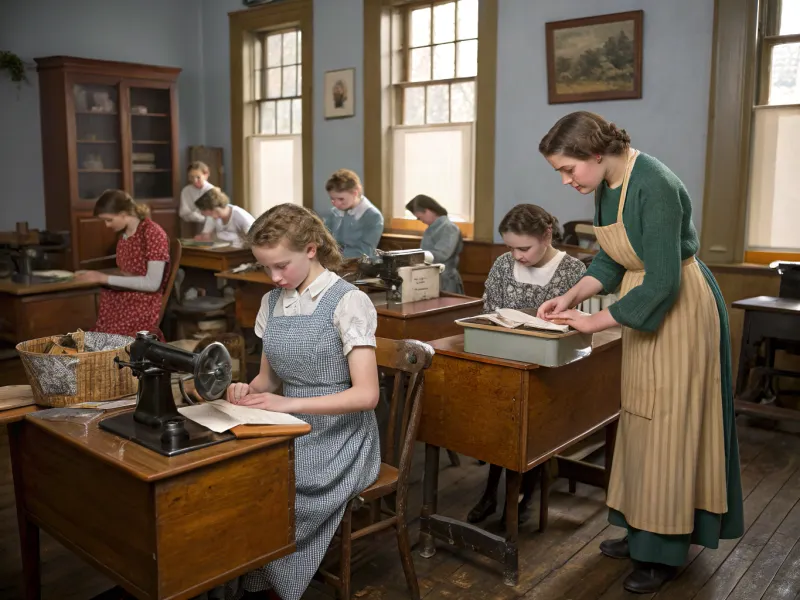
In the 1940s, home economics was a staple in women’s education, emphasizing domestic skills like cooking, sewing, and child-rearing.
These courses reinforced the notion that a woman’s primary role was in the home, preparing them for a life centered around homemaking. While practical, this education often came at the expense of broader academic pursuits and career opportunities.
Today’s education system offers diverse opportunities for all genders, encouraging exploration beyond traditional gender roles. The ability to choose our educational paths without societal constraints is a privilege we continue to cherish and advocate for. Empowering young people to pursue their passions, regardless of gender, remains a cornerstone of educational equality.
14. Conservative Courtrooms
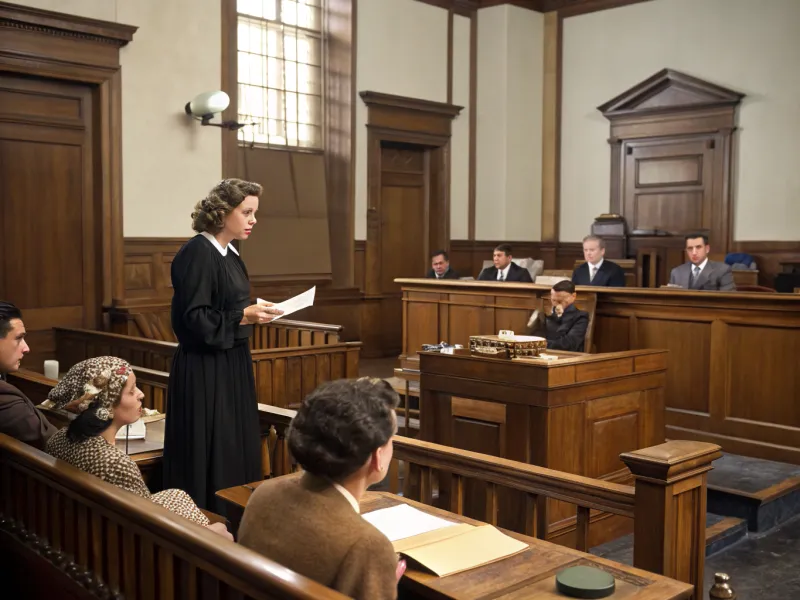
Women in the legal field during the 1940s faced an uphill battle. Female lawyers were a rarity, often met with skepticism or outright dismissal in male-dominated courtrooms.
The legal profession was seen as a man’s domain, with women fighting for the right to practice law and be taken seriously. This environment created significant barriers for women aspiring to legal careers.
Today, women are breaking through glass ceilings in the legal field, leading cases and shaping justice. The progress made reflects broader societal shifts toward gender equality, although challenges remain. Celebrating diversity in the legal profession is vital, ensuring all voices are heard and valued in the pursuit of justice.
15. Workplace Wardrobe
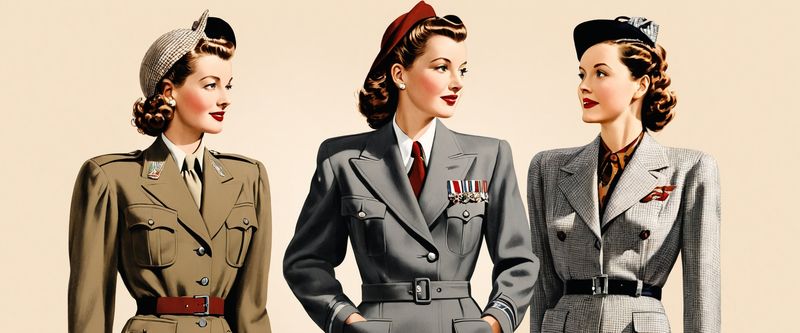
The workplace dress code of the 1940s was no casual affair. Women were expected to dress ‘appropriately,’ often meaning tailored suits with skirts, hats, and gloves.
This rigid dress code reinforced gender norms, with women’s appearance scrutinized and often used to judge their professionalism. The focus on outward appearance overshadowed the value of their contributions and skills.
Fast forward to today, and workplace dress codes have evolved significantly. While professionalism remains important, there’s greater freedom for personal expression across industries. The shift toward valuing skills and performance over appearance reflects broader societal changes, encouraging a more inclusive and diverse workplace culture.
16. Motherhood Mandate
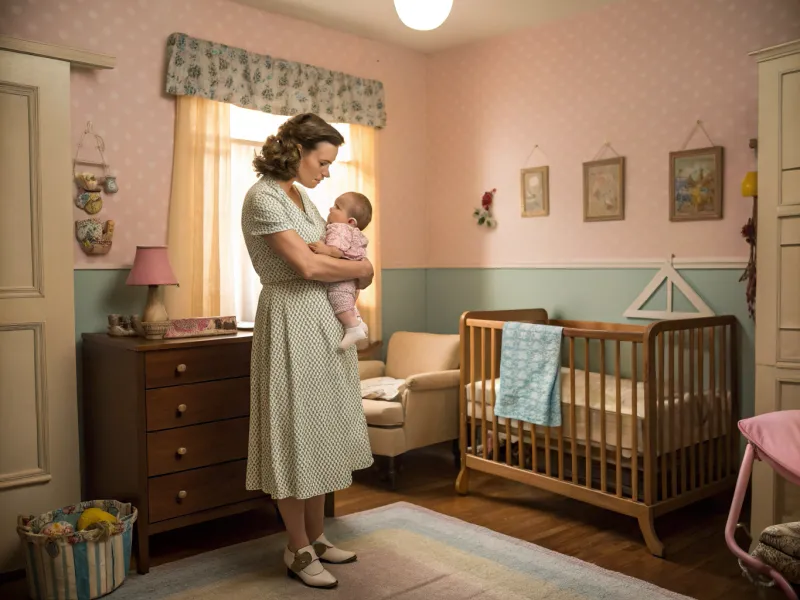
In the 1940s, motherhood was often seen as a woman’s ultimate destiny. The pressure to have children was immense, with societal expectations dictating that a woman’s worth was tied to her ability to bear and raise children.
This expectation limited women’s choices, often forcing them to prioritize family over personal aspirations. The narrative that a woman’s purpose was solely to be a wife and mother reinforced gender hierarchies.
Today, women have greater freedom to choose if and when to have children. The conversation around motherhood has evolved, recognizing the diverse paths women take in life. Celebrating all choices, whether to pursue motherhood or other dreams, is a testament to the progress made toward gender equality and personal autonomy.
17. Public Opinion Policing
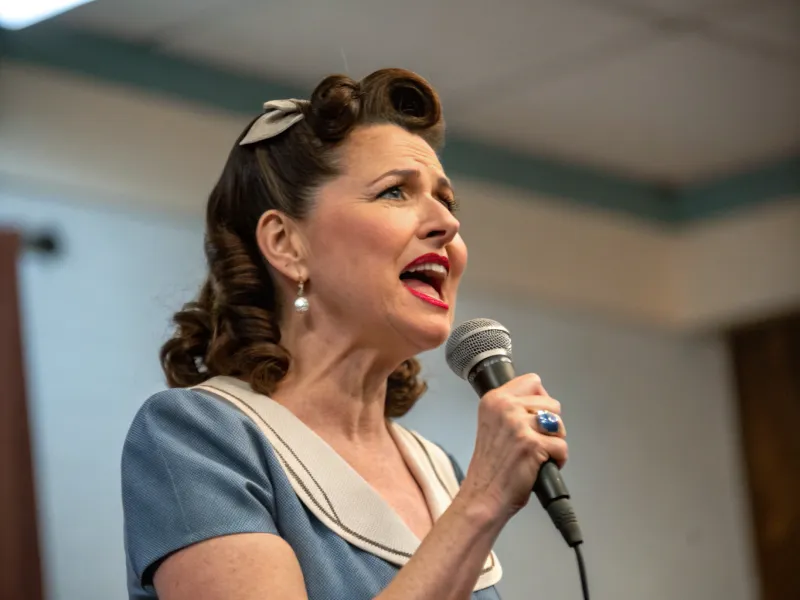
In the 1940s, women speaking in public forums often faced intense scrutiny and criticism. The notion that women’s opinions were secondary to men’s was a pervasive societal norm.
Women who dared to speak out were often labeled as ‘unladylike’ or ‘outspoken,’ with their contributions undervalued or dismissed. This limited women’s participation in public discourse and reinforced gender hierarchies.
Today, women are leading conversations, advocating for change, and making their voices heard across all platforms. The journey toward equal representation in public spheres continues, but the progress made is undeniable. Encouraging diverse voices and perspectives is crucial in shaping a more inclusive and equitable society.
18. Controlled Credit
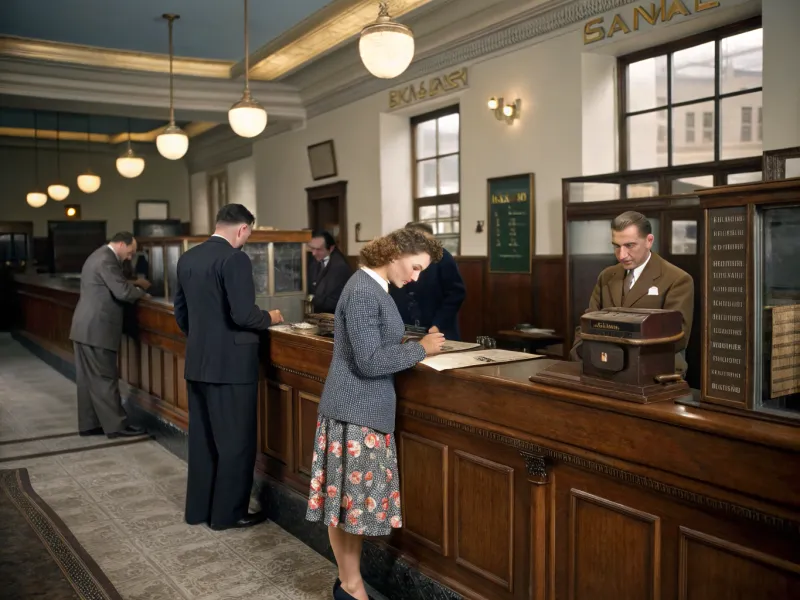
Financial independence? Not so fast. In the 1940s, women often needed a male co-signer to access credit, limiting their financial autonomy.
The banking system reinforced gender hierarchies, with women’s financial capabilities often questioned or dismissed. This lack of independence restricted women’s ability to manage their finances and make significant life decisions.
Today’s financial landscape empowers women to manage their own finances, a right that continues to be fought for globally. The ability to access credit and financial services independently is a vital part of gender equality, allowing women to take control of their economic futures. Celebrating this progress while acknowledging ongoing challenges remains essential.
19. Social Stigma of Divorce
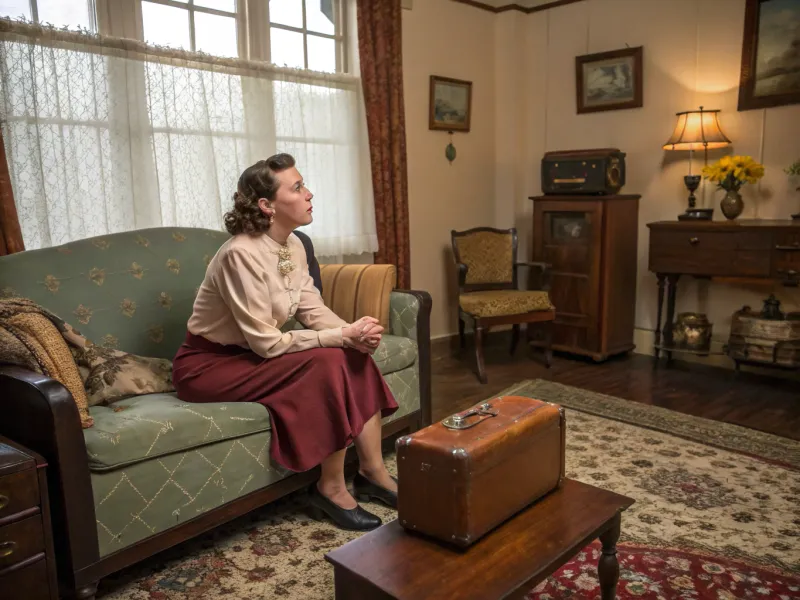
Divorce in the 1940s was a major societal taboo, often leaving women stigmatized and isolated. The pressure to maintain a marriage, regardless of personal happiness, was immense.
Women who divorced were often judged harshly, with their worth and character questioned by society. This stigma limited women’s ability to seek happiness and fulfillment outside of traditional marriage roles.
Today, while divorce can still be challenging, the stigma has lessened significantly. Women are empowered to seek relationships that fulfill them, without the fear of societal judgment. The conversation around marriage and divorce continues to evolve, recognizing the diverse paths people take in their pursuit of happiness and fulfillment.
20. Media Misrepresentation
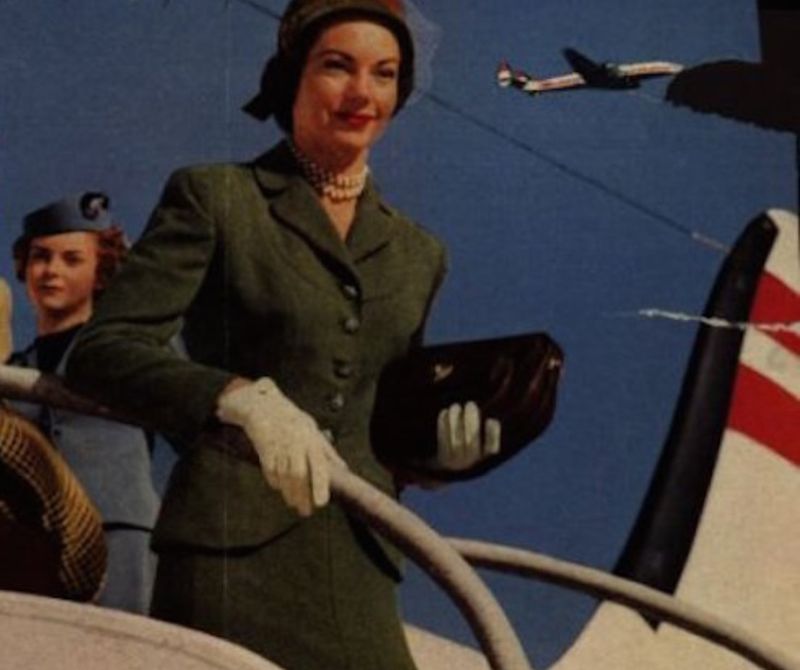
Media representation in the 1940s often reinforced traditional gender roles, with women portrayed as homemakers or secondary characters.
Women in media faced limited opportunities, with their voices and stories often sidelined in favor of male perspectives. This underrepresentation contributed to narrow societal views on women’s roles and capabilities.
Today, media representation is becoming more diverse, with women leading stories, shaping narratives, and challenging stereotypes. The push for equal representation in media is ongoing, highlighting the importance of diverse voices in shaping cultural and societal norms. Celebrating women’s contributions in media continues to inspire future generations.
21. Limited Professional Networking
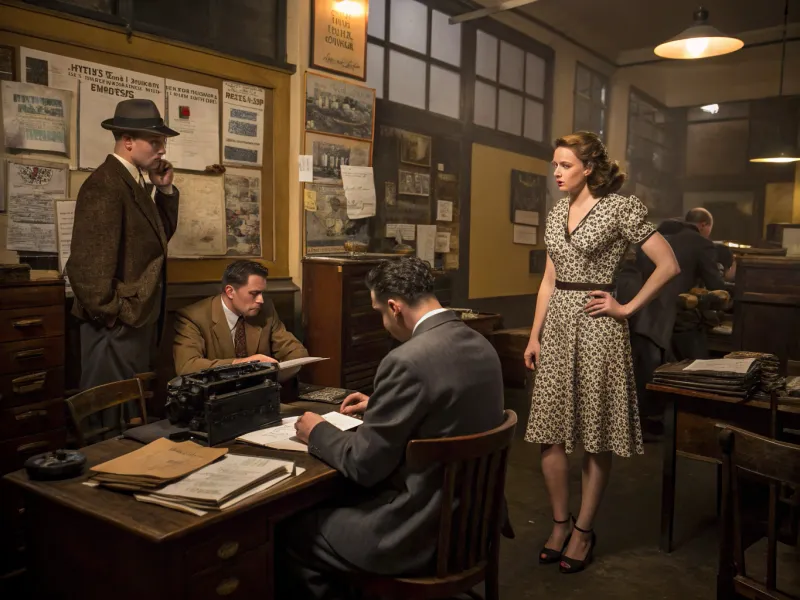
Professional networking in the 1940s was often an exclusive boys’ club, with women facing significant barriers to building connections and advancing their careers.
The lack of networking opportunities limited women’s ability to gain mentorship, industry insights, and career advancement, reinforcing gender hierarchies in professional spaces.
Today’s networking landscape is much more inclusive, with women actively participating in professional networks and building strong, supportive communities. The progress made reflects broader societal shifts toward gender equality, although challenges remain. Encouraging diverse networking opportunities is crucial in fostering inclusive and equitable professional environments.
22. Restrictive Travel Norms

Traveling in the 1940s often came with restrictions for women, particularly those traveling alone. Societal norms dictated that women required male accompaniment for safety and propriety.
These norms limited women’s independence and freedom to explore, reinforcing traditional gender roles and expectations. The idea that women needed protection reinforced societal hierarchies and limited personal autonomy.
Today, women are exploring the world on their terms, embracing the freedom to travel independently. While safety concerns remain, the progress made toward empowering women to navigate the world confidently is significant. Encouraging safe and inclusive travel for all continues to be a priority in our pursuit of gender equality.
23. Education and Employment Disparity
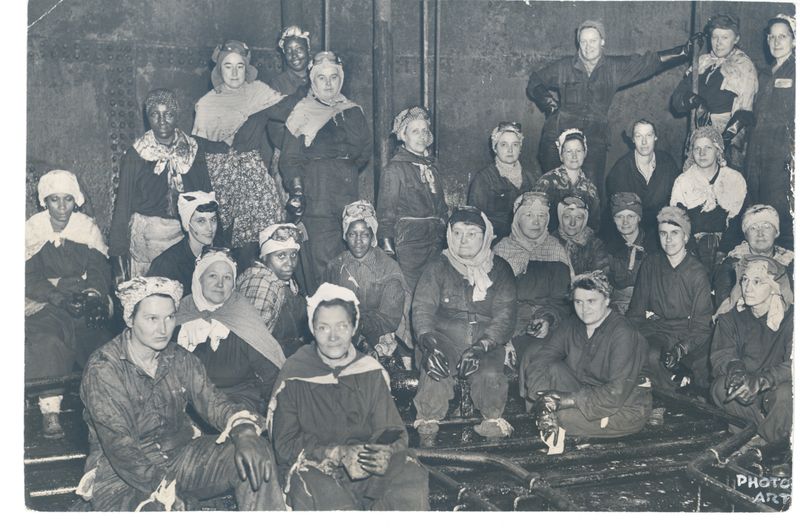
The disparity between education and employment opportunities for women in the 1940s was stark. While some women pursued higher education, their career options remained limited.
The gap between educational attainment and professional opportunities reinforced gender hierarchies, stifling ambition and limiting potential for many talented individuals.
Today’s landscape is vastly different, with women pursuing diverse careers and industries that were once inaccessible. The push for gender equality in education and employment continues, highlighting the importance of breaking down barriers and creating inclusive opportunities for all. Celebrating progress while acknowledging ongoing challenges remains vital in our pursuit of equality.
24. Healthcare Disparities
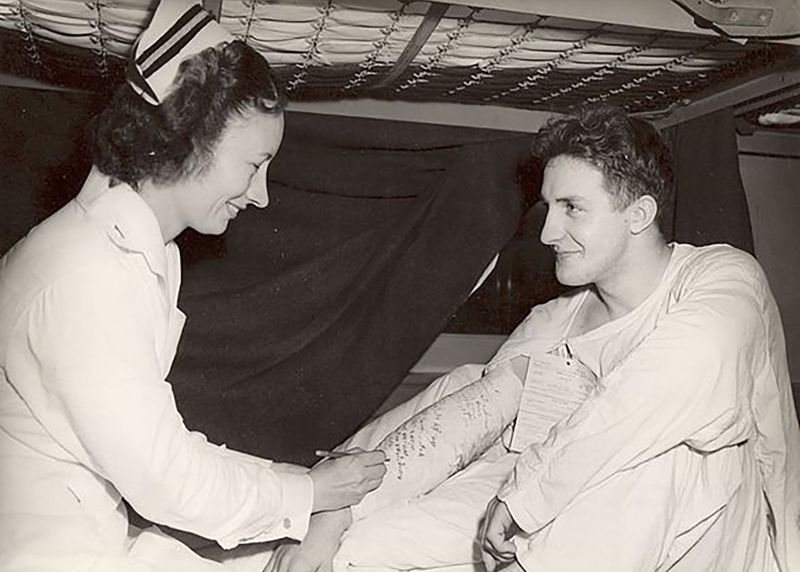
Healthcare in the 1940s often overlooked women’s needs, with medical research and treatment focused primarily on men.
Women’s health issues were frequently dismissed or under-researched, leading to disparities in treatment and outcomes. This gender bias reinforced societal hierarchies and limited women’s access to quality healthcare.
Today’s healthcare landscape is more inclusive, with a growing emphasis on women’s health and research. While challenges remain, the progress made toward equitable healthcare is significant. Ensuring all individuals receive comprehensive and inclusive care continues to be a priority in our pursuit of justice and equality.
25. Limited Political Influence
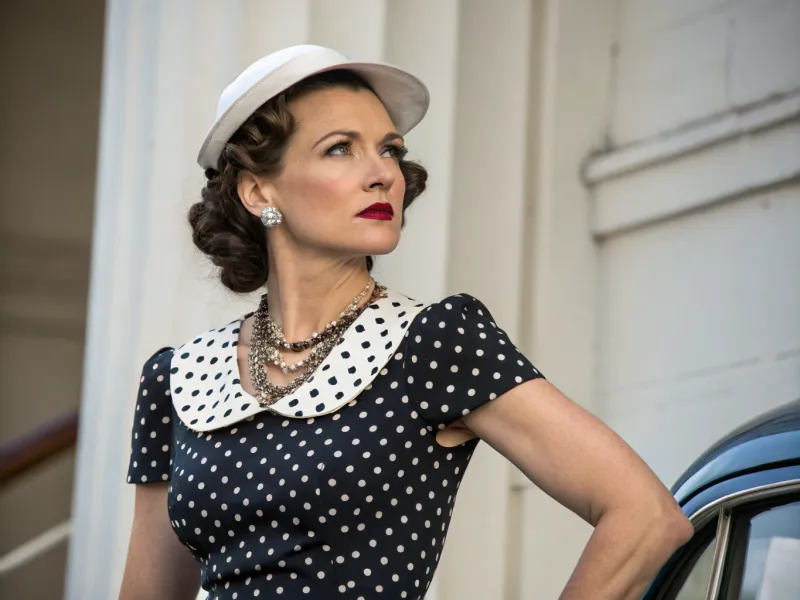
Political influence in the 1940s was largely a male domain, with women’s voices and contributions often sidelined.
Women faced significant barriers to political participation, reinforcing gender hierarchies and limiting their ability to shape policies and decisions.
Today, women are actively participating in politics, running for office, and advocating for change. The progress made highlights the importance of diverse voices in shaping a more inclusive and equitable society. Encouraging women’s political participation continues to be a critical component of our journey toward justice and equality.
26. Limited Reproductive Rights
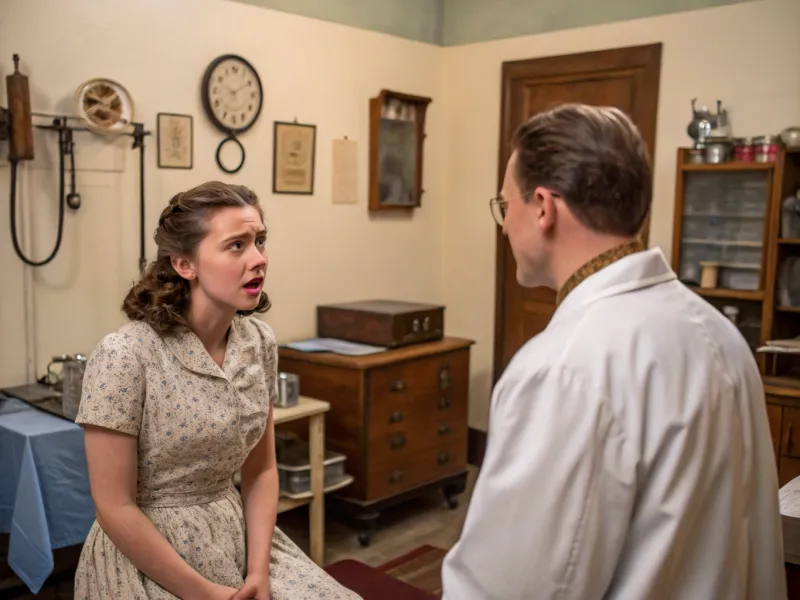
Reproductive rights in the 1940s were limited, with women often lacking access to family planning and reproductive healthcare.
The lack of autonomy over reproductive choices reinforced gender hierarchies and limited women’s ability to make decisions about their bodies and futures.
Today, reproductive rights continue to be a crucial issue, with ongoing advocacy for access to comprehensive and inclusive healthcare. The progress made highlights the importance of autonomy and choice in shaping our futures. Ensuring reproductive rights for all remains a vital component of our pursuit of justice and equality.
27. Cultural Conformity
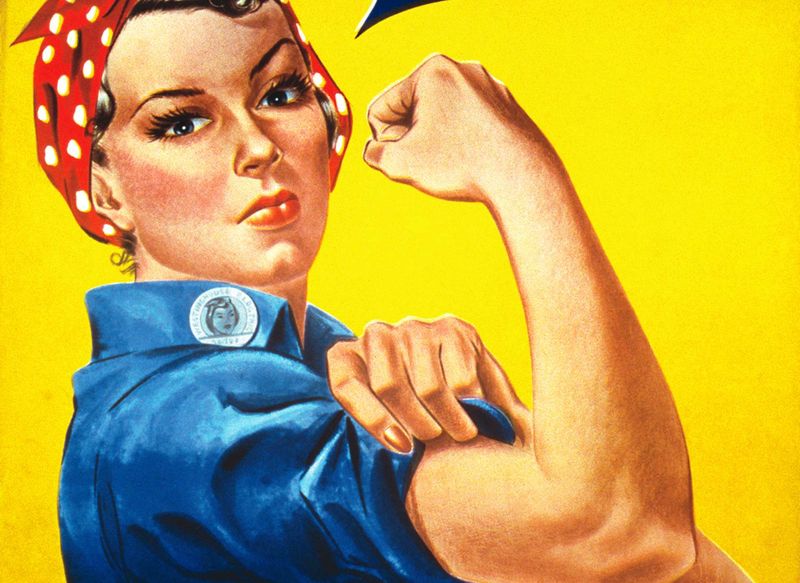
Cultural conformity in the 1940s was a significant social pressure, with women expected to adhere to traditional roles and expectations.
Deviation from societal norms was often met with criticism or ostracization, reinforcing gender hierarchies and limiting personal autonomy.
Today’s cultural landscape celebrates diversity and individuality, encouraging people to define their paths without societal constraints. While challenges remain, the progress made toward embracing diverse identities and experiences is significant. Encouraging cultural and personal freedom continues to be a priority in our pursuit of justice and equality.
28. Constrained Creativity

Creativity in the 1940s was often stifled by societal expectations, with women artists facing significant barriers to recognition and success.
The art world was predominantly male, with women’s contributions often overlooked or undervalued. This gender bias reinforced societal hierarchies and limited artistic freedom.
Today, women are making significant strides in the art world, challenging stereotypes and celebrating diverse perspectives. The progress made highlights the importance of creativity and expression in shaping a more inclusive and equitable society. Encouraging artistic freedom for all continues to be a priority in our pursuit of justice and equality.
29. Parental Pressure
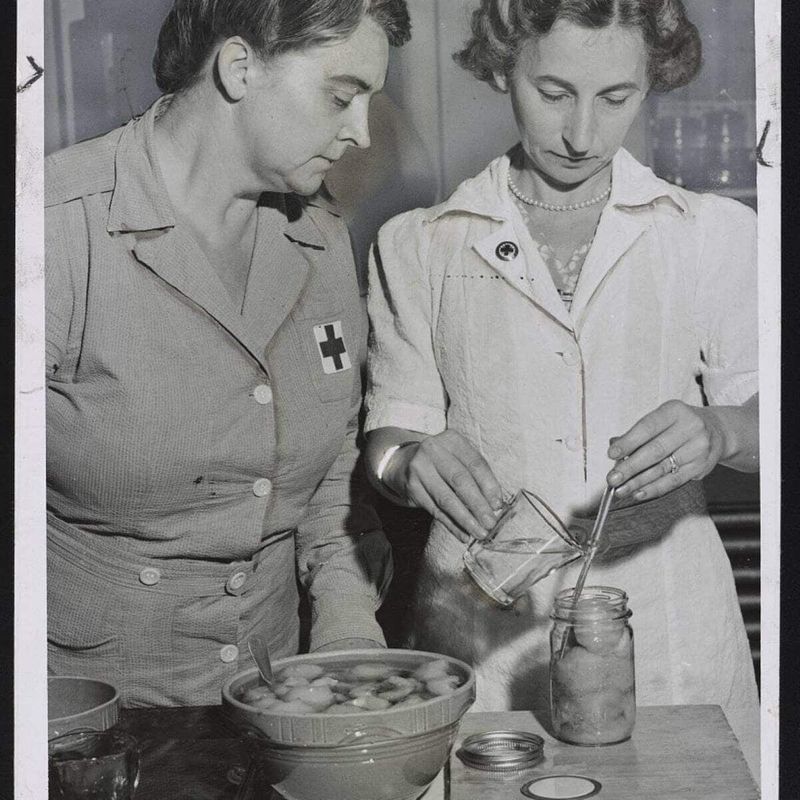
In the 1940s, parental pressure was often intense, with young women expected to conform to traditional roles and expectations.
Parents often dictated life choices, from education to marriage, reinforcing societal hierarchies and limiting personal freedom. This pressure stifled individuality and autonomy.
Today’s societal norms encourage personal choice and freedom, allowing individuals to define their paths independently. The progress made toward encouraging autonomy and diversity is significant, although challenges remain. Celebrating diverse life choices and encouraging independence continues to be a priority in our pursuit of justice and equality.
30. Homemade Soap Production
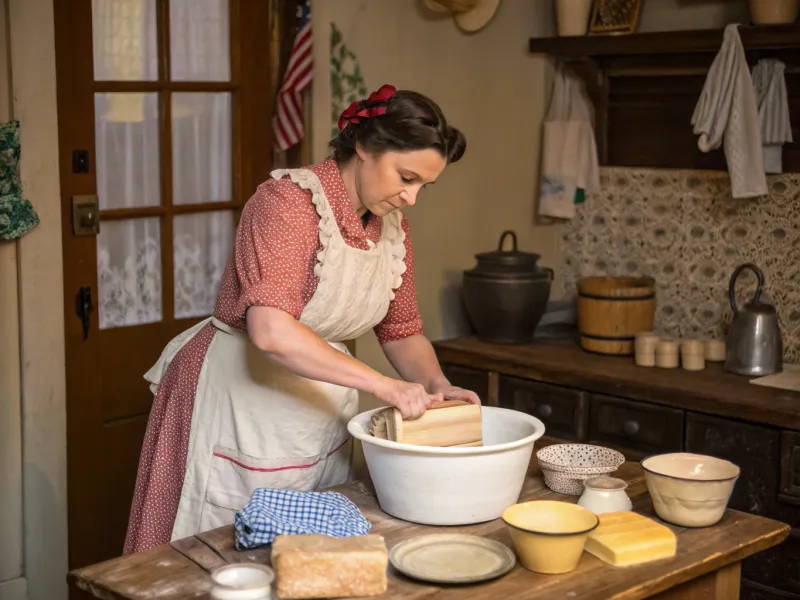
In the 1940s, many women were expected to produce homemade soap, a task that involved rendering animal fat and mixing it with lye. This was not only a cost-saving measure but also a skill passed down through generations. The process was time-consuming and required meticulous attention to detail.
For many homemakers, soap-making became a routine, reflecting their role in maintaining household hygiene with limited resources. The practice speaks to the era’s self-sufficiency demands. Despite the labor-intensive nature, women took pride in their creations, often tailoring recipes to suit family needs.
